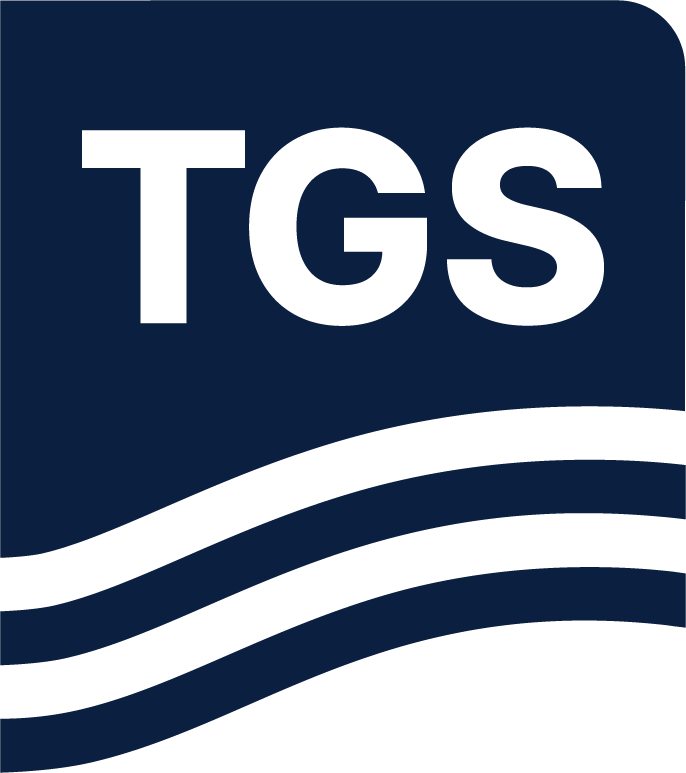First Published: First Break, July 2025, by Marianne Rauch and Umberto Barbato (Lumina Geophysical), John Castagna (University of Houston) and Alex Fick (TGS).
Abstract
Onshore seismic data is often challenged by high noise levels and limited resolution, even after thorough processing. In this study, we showcase the effectiveness of a novel bandwidth extension technique applied to a newly reprocessed 3D dataset from onshore USA. This approach delivers higher-resolution seismic images and more geologically consistent inversion results. The enhanced dataset improves the accuracy of landing zone selection and supports
better planning and execution of the lateral drilling path, ultimately reducing out-of-zone drilling and increasing production rates.
Before the bandwidth extension process, targeted data conditioning was carried out to minimise noise as much as possible. The bandwidth extension itself was achieved using the Multiscale
Fourier Transform of the seismic trace, which performs time-frequency analysis across a range of window lengths. This variation in window length helps to capture both local and global amplitude relationships between events, enabling reflectivity inversion that is independent of the seismic wavelet’s amplitude spectrum. Since the temporal and spatial variation of the seismic wavelet in reflection data is often poorly understood, this method offers several advantages over traditional seismic reflectivity inversion. No wavelet extraction is required, meaning the inversion process can proceed without relying on well data, seismic ties, or time-depth functions. Additionally, the inversion is sparse and doesn’t require a starting model. Since no wavelet is necessary, the method can be applied directly to depth-migrated data.
This inversion technique is particularly valuable for multi-client seismic datasets because it doesn’t rely on well data and can be applied over large areas. It enhances the value of existing datasets and revitalises older ones, making them suitable for detailed interpretation and well planning. Well data can then be used to validate the results.
Introduction
TGS maintains an extensive library of both onshore and offshore seismic multi-client data. The dataset used in this study is from the Permian Basin, located onshore USA, and has recently undergone reprocessing for both time and depth using a state-of-the-art processing sequence, which included onshore Full Waveform Inversion (FWI) (see Figure 1).

West Kermit survey outline and location.
While this reprocessing was successful, the seismic resolution began to taper off around 40 wavenumbers, making it challenging to map thinner reservoir units accurately. Applying the DeepInvert™ bandwidth extension technique to the pre-stack depth-migrated stack data extended the bandwidth beyond 60 wavenumbers without introducing any artifacts (see Figure 2). The Figure demonstrates that the inversion process does not sacrifice low-frequency data to increase bandwidth at higher frequencies or wavenumbers.
Conventional seismic inversion relies on knowing the seismic wavelet in advance. Determining this wavelet can be a slow, error-prone process, especially when well data have imperfect impedance or time-depth information, or when the wavelet’s impedance structure and spatial variation between wells are unknown.
Read the full article here.

